What’s Happening in the Garden? Posted by Geoff on Apr 9, 2014 in Uncategorized
…. Flowers are Happening!
Yesterday I had to do one of my least favourite chores … tagliare l’erba nel giardino col decespugliatore (cut the grass in the garden with the strimmer/brush cutter). I dislike this job for two reasons, 1: it’s noisy and smelly, and 2: although I know it’s necessary I hate cutting all the wildflowers tangled in amongst the grass. So before committing the dastardly deed I made a quick tour with my camera. Now don’t worry, I am a very thoughtful cutter of grass, and where possible I save what I can, so a lot of what you see in the photos has survived. But I have to apologise to the daisies and dandelions who were decapitated … signori margherite e denti di leone, vi chiedo scusa.
Here are a few of the most common flowers in our garden at the moment:
la margherita = the daisy, probably one of the most common and easily recognisable wild flowers. In Tuscany this flower is known by the lovely name of pratolina (lit. little meadow). Margherita (Margaret) is a fairly common female name here in Italy. Interestingly, the name Daisy was quite common in England amongst my grandmother’s generation, alongside the name Margaret … two versions of the same name. One of the most famous Margherita here in Italy is la pizza Margherita, which was created in Napoli in honour of Queen Margherita of Italy. The original recipe for la pizza Margherita calls for fresh basil, mozzarella and tomatoes, representing the green, white and red of the Italian flag.
la calendula = marigold. It grows wild around here, and even manages to flower during the winter, adding a stunning touch of colour to those grey days. In fact, a common name for calendula here in Italy is fiore di ogni mese (the flower of every month). The 12th century Erbario di Macer (a book of herbalism) recommends staring at calendula flowers to improve the vision, purify the mind and stimulate happiness. I’ve tried it, but just ended up with watery eyes. The extract of Calendula Officinalis is very good for treating sore skin.
la borragine = borage. I know that when Serena sees this photo she’ll immediately think about food. Borragine, with its spikey stalks and prickly fleshly leaves is very popular here in Italy as an addition to many rustic recipes. The delicate blue flowers can be added to salad to ‘conferire letizia alla mente’ (bring joy to the mind). In popular tradition borage flowers were added to wine to induce men to get married! Now that I come to think of it, that explains why every time Serena gave me a glass of wine when we first met it was filled with little blue flowers … fooled again!
la pervinca = periwinkle. A couple of years ago I made the mistake of transplanting a small piece of pervinca into our garden … and now it’s all out war. It amazes me how this innocent looking plant insinuates its runners into all sorts of nooks and crannies, gradually suffocating everything in its path, whilst at the same to time managing to look beautiful and innocent. In Ligurian dialect, pervinca is known as ‘scio da morto’. Scio (or sciû) is Ligurian for flower, hence ‘flower of death’. The Latin name Vinca comes from the verb vincio (Italian: legare = to bind or tie), which is exactly how this sneaky plant operates.
l’iris or l’iride = iris. When I first moved to Lunigiana I was amazed to see these stunning flowers, which in England are only cultivated as garden plants, growing wild along the tops of dry stone walls. I ‘borrowed’ a few roots from mother nature and planted them out in our garden where they have flourished, giving us a spectacular show at the beginning of every spring. The dried rizoma (rootstock) has a wonderful scent reminiscent of violets, and ground down into a fine powder it can be used as a perfume for il talco (talcum powder). However, in order to develop its scent of violets, the iris roots must be dried and stored for at least two years.
Well, that’s all for now, I’ve still got lots more photos … perhaps I’ll share them with you another time.
What’s growing in your garden at the moment?

Build vocabulary, practice pronunciation, and more with Transparent Language Online. Available anytime, anywhere, on any device.



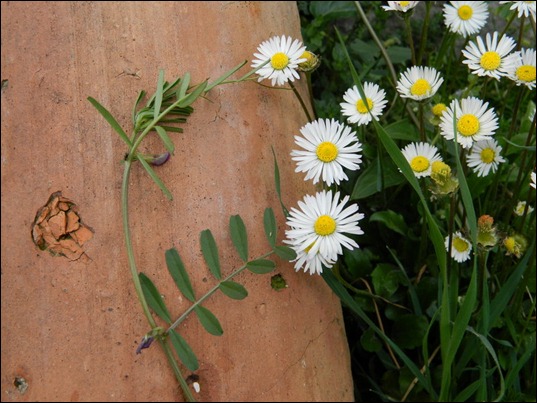
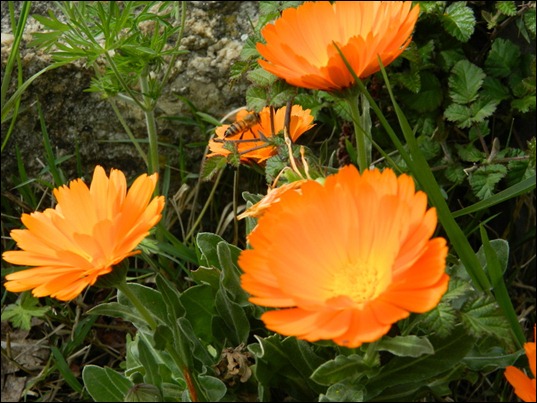
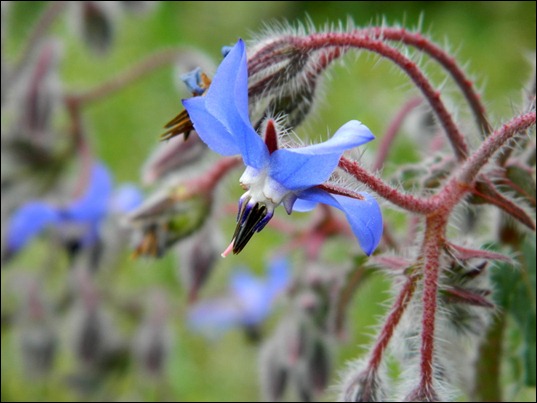
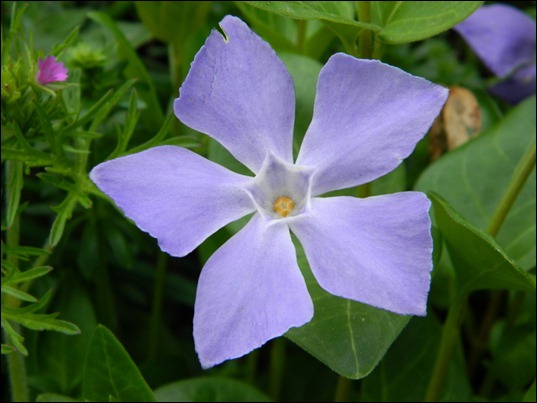
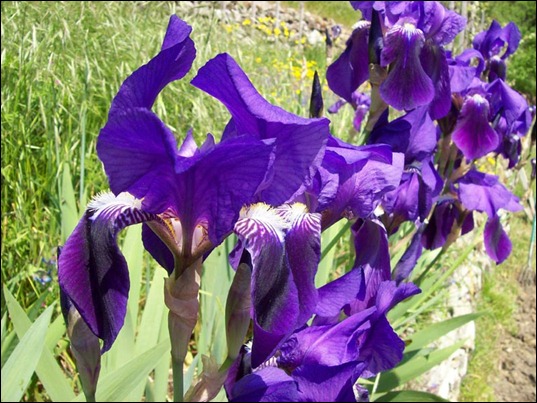

Comments:
Allan Mahnke:
Oh, we are so envious! We are still ridding ourselves of snow. There are no flowers, nor anything else even green. It will be weeks before we see flowers. (We live in Minneapolis!)
Anna Mangus:
Bellissima fiori!Habito a Seattle e anche qui, arrivata la primavera.Ci sono molti tulipani (che mi fa pensare di il film Pane e Tulipani)e narcisi.Gli alberi di ciliegio giapponese hanno gia fiorito e loro petali hanno ricoperto la terra. E adesso, gli alberi di mele fioriscono.
I hope this made sense! Corrections welcomed!
Grazie